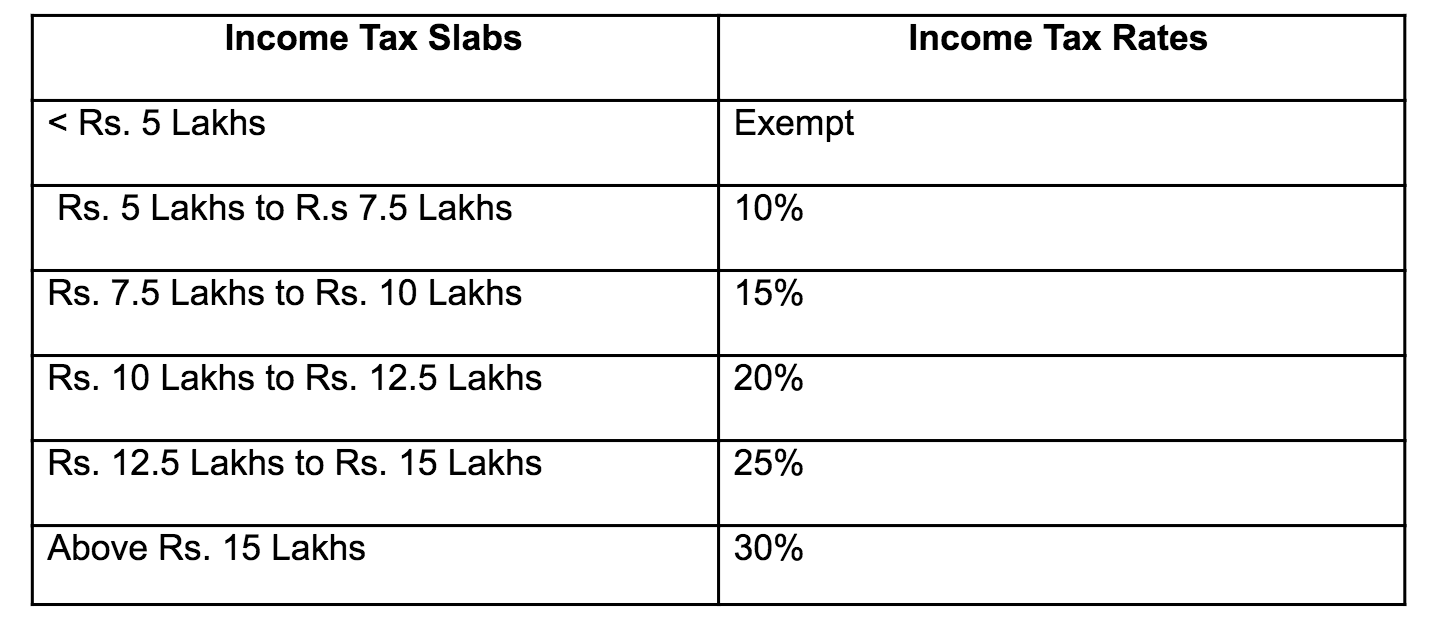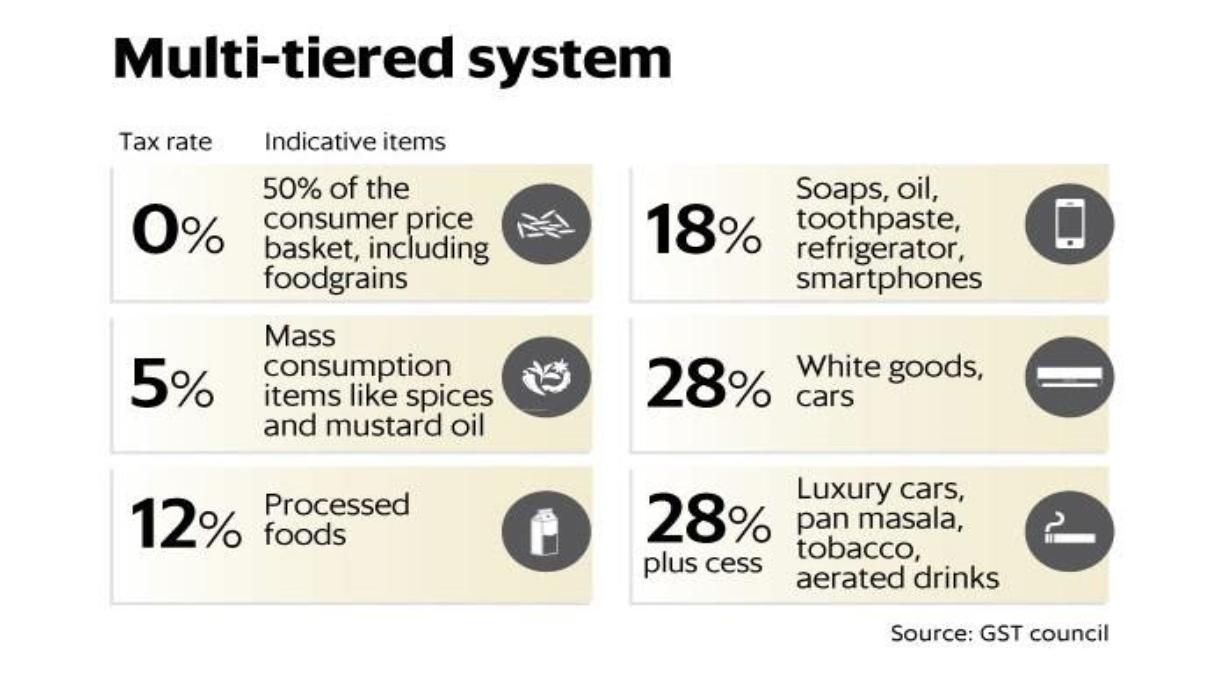Learning about taxation in India might seem like a complicated subject, however, it is quite easy to figure out. Simply put, taxes are a common, mandatory contribution to fund public goods and services that everybody uses.
Everybody contributes, so that everybody benefits. Do you enjoy well equipped hospitals, good roads, and modern schools? Probably, yes. Neither of these would exist without everyone’s contribution, including yours. More resources collected from taxes, mean better public services.
However, there are various types of taxes, exemptions from taxes and tax saving instruments. It is important to understand each of these concepts for effective financial planning.
Types of Taxes
Did you know that you already pay taxes? There are different types of taxes that we pay. In India, taxes are collected by the central and state governments. In this section, we’ll help you learn more about direct and indirect taxes.
- Direct Taxes are directly paid to the central government by the person on whom the tax is imposed. Here are some examples of direct taxes - income tax, corporate tax, wealth tax, capital gains tax, etc.
Income Tax
As a working professional, it’s very important to learn everything you can about Income tax. Income tax is undeniably the most important form of direct tax. This is the tax that is levied on our income. We pay a part of our income directly to the government. As per the Income Tax Act 1961, every citizen has to pay income tax on the following heads:
- Salary
- Income from house property
- Capital gains
- Profit from business
- Income from other sources
But how much do you contribute from your income? Income tax is scaled according to everyone’s ability to pay. All citizen’s with an annual income above Rs. 2.5 lakhs (Rs. 3 Lakhs for citizens above 60 years) have to pay income tax. As per the Finance Budget 2020, tax slabs on income have been categorized as below:

India’s Income tax scheme is designed in a way to promote equitable distribution of wealth in the society. It is a progressive tax wherein as income increases, the tax rate also increases. This ensures that the lower income groups are not burdened by taxes.
2. Indirect Taxes: In this section let’s understand what indirect taxes are all about. Do you know that we pay indirect taxes on almost everything we buy or every service we pay for? From buying toothpaste to eating at a restaurant, we pay taxes for everything. Indirect taxes are levied on goods and services and not directly on the income of a citizen.
Here are some examples of Indirect taxes - Excise Duty, Customs Duty, VAT/Sales Tax, Service Tax and GST.
Goods and Services Tax (GST)
While there’s a lot of information about GST on the world wide web, it can be quite overwhelming to grasp every bit of information out there. So if you’ve never tapped into this subject before, we’re going to simplify it for you.
GST is an indirect, comprehensive tax, which is levied on goods and services as per the Goods and Services Act of 2017. It has brought a significant transformation to the indirect taxation regime in India. This tax is levied at multiple stages in the supply chain, right from manufacturing to final sale to customers thereby eliminating all other types of indirect taxes.
There are three main components of GST, namely, CGST, SGST and IGST. For intra-state sales, CGST (Central) and SGST (State) are collected. In case of inter-state sales, IGST (Integrated) is collected by the central government.
For example: A biscuit manufacturer in Maharashtra sells biscuits to a retailer in Maharashtra, he/she will pay 18% GST i.e 9% CGST and 9% SGST. Similarly, if the manufacturer in Maharashtra sells biscuits to a retailer in Rajasthan, he/she will pay 18% IGST.
The below chart depicts the GST rates for different goods:







